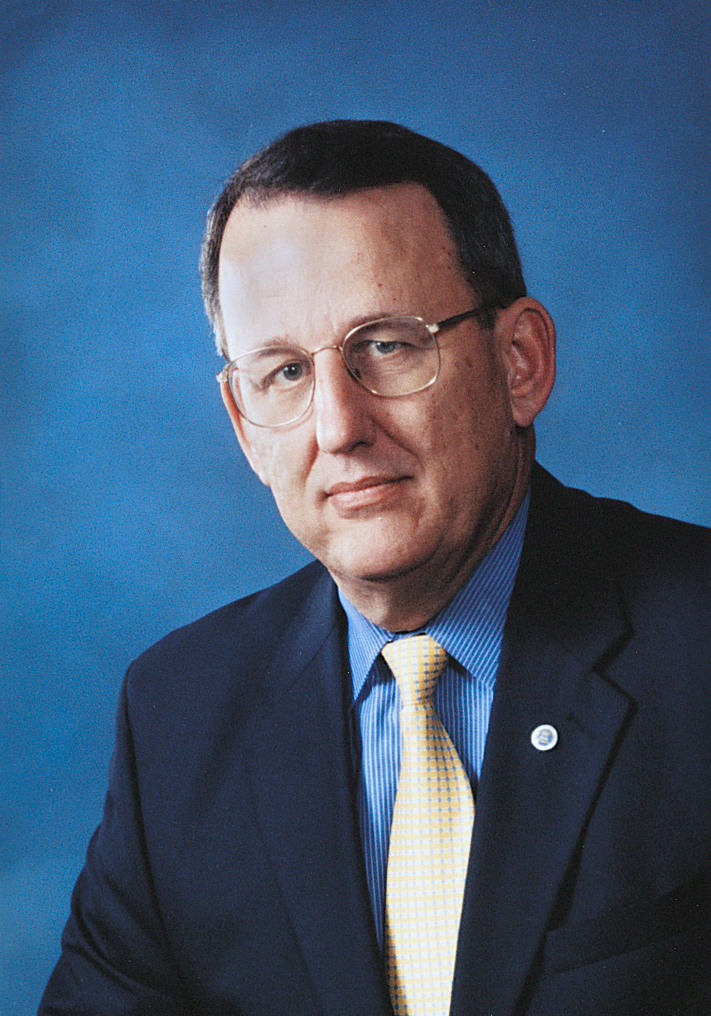18 Things You Might (or Might Not) Know About Carolina
Posted on July 15, 2016Like most alumni, you spent four (or five, or maybe more) of your best years at Carolina. In that time, and in all of the years that have followed, what you’ve come to know and love about this place might be summed up in the kind of lists we increasingly see in the media. Here are a few of the facts I’ve absorbed over the years:

Douglas S. Dibbert ’70
■ The last spring Commencement to be held on a Monday was on June 1, 1970. Clifton Daniel ’33, then managing editor of The New York Times, was the speaker.
■ As a student, Andy Griffith ’49 lived in Steele Residence Hall.
■ When he was editor of The Daily Tar Heel, Charles Kuralt ’55 started dropping courses until he had dropped them all. He received his diploma in 1965.
■ Until the opening of the Daniels Building in 1968, Student Stores was located in the basement of Steele Building, and the Bulls Head was located on the ground floor in the northwest corner of Wilson Library.
■ Until 1957, when William B. Aycock ’37 (MA) became Carolina’s second chancellor, the Consolidated University president’s office also was on the first floor of South Building.
■ Ron Miller ’76 (PhD), Anson Dorrance ’74 and Jenny Levy are the first and only UNC coaches in their respective sports — fencing, women’s soccer and women’s lacrosse, respectively. (Dorrance also attended UNC’s law school for one year. In 1977, he became coach of the Carolina men’s soccer team, which he coached for 12 years, and became the Carolina women’s soccer coach in 1979.)
■ In 2014-15, the University of Michigan’s and the University of Virginia’s largest sources of revenue were tuition and student fees — $1.1 billion for Michigan and $575 million for UVA — while UNC’s largest source, at $859 million, was government grants and contracts.
■ In 1934, by a 58-11 vote, the Board of Trustees of the Consolidated University of North Carolina decided to discontinue the UNC School of Engineering and concentrate engineering instruction at N.C. State College.
■ Anne Wilmoth Cates ’53 is the only woman to have chaired all of these UNC groups: the Board of Trustees, the Board of Visitors, the GAA’s Board of Directors, The Carolina Club’s board of directors and the board of the Educational Foundation, also known as the Rams Club.
■ When adjusted for inflation, state aid per full-time, in-state student to the UNC System declined nearly 21 percent between 2007-08 and 2014-15.
■ In 1922, Carolina became the second university in the South to be invited into membership in the prestigious Association of American Universities. (Virginia joined the AAU in 1904, and Duke joined in 1938.)
■ In 2014, only five universities exceeded Carolina in federal research funding. Johns Hopkins was first, followed by Michigan, the University of Washington, Stanford and the University of Pennsylvania.
■ When Daniel Grant ’21 became the GAA’s first full-time alumni secretary in 1922, there were 10,245 living alumni. By the time J. Maryon “Spike” Saunders ’25 succeeded him in 1927, there were 13,585 living alumni; and in 1970, when Clarence Whitefield ’44 stepped into the role, there were 92,782. There were 147,633 living alumni when I took on the job in 1982; as of June 1, there were 311,558.
■ Today, among Carolina’s living alumni, 262,412 (84.2 percent) identify themselves as white or Caucasian, 22,334 (7.1 percent) as black or African-American, 14,739 (4.7 percent) as Asian, Asian-American or Pacific Islander, 5,514 (1.7 percent) as Hispanic or Latino/Latina, 1,800 (.05 percent) as Native American. A total of 5,450 (1.7 percent) are not specified.
■ Of all living alumni, 162,661 (52.2 percent) are women.
■ Of all living alumni:168,340 (54 percent) live in North Carolina, 136,378 (43.7 percent) live elsewhere in the U.S. and 6,840 (2.1 percent) live in one of 172 other countries.
■ The first direct state appropriation for a building on our campus was made in 1905.
■ Nine notable spots on campus lie in perfect north-south alignment: From the north, they are Silent Sam, the Caldwell Monument, the Davie Poplar, the Old Well, the rotunda on top of South Building, the flag pole in Polk Place, Wilson Library’s dome, the Bell Tower and then a spot very close to center court at the Smith Center.
Those are my 18 things to think about Carolina on a summer day. Share yours on the GAA’s Facebook page and Twitter, #CarolinaThingsWeKnow.
Yours at Carolina,

Douglas S. Dibbert ’70
doug_dibbert@unc.edu
